September 2024

September 14, 2023
Leg·a·cy: (ˈleɡəsē)
1. an amount of money or property left to someone in a will.
2. the long-lasting impact of particular events, actions, etc. that took place in the past, or of a person’s life.
We all go through times when we get busy and get lost in the details of daily life. But then something happens that causes us to question everything. What is the meaning of it all? Why am I here, what should drive me, and where should I direct my energy? What does it mean to leave a legacy? The individuals featured in our upcoming exhibit lived varied lives. Some lived through trying times in their home country of Poland—war, hunger, forced labour, loss. Some came to Canada alone, others with loved ones. Some arrived as children, and others as adults.
All of them share the experience of leaving behind their home and starting a very different life in Winnipeg. In this new environment, each one took fragments of their old lives— language, craft, food, faith, dance, culture, memory, ways of being and knowing—and wove them into their new surroundings, connecting with others to find—and create—community.
Each in their own way identified something missing or needed, and then worked to fill the void. Through time, effort, and dedication, they built both figurative and literal spaces for community to exist, connect, and thrive. They established organizations, programs, and events. They altered the built environment, leaving a physical mark of their presence. They also built a foundation, allowing those who followed to find belonging and meaning.
Our upcoming exhibit, They Left a Legacy, opens to the public on Oct. 14, 2023. Stay tuned and follow our social media for updates. We hope you will be able to join us and discover something deeper for yourself about what it means to live life in such a way that you, too, can leave a legacy.
March 19, 2022
Family interactions during the preparation of meals and the joy of eating and drinking. Memories of growing up with the scents and flavours of food from home: potatoes, beets, onions, cabbage, pierogi, ogórki, uszka, żurek, dark rye bread… Polish cuisine blends hearty peasant dishes and more elegant gourmet fare, served with flair and a generous helping of hospitality. But how did it evolve, and what does it look like today here in Canada?
Ogniwo Polish Museum’s current exhibit, Smacznego! Polish Food Traditions, Then & Now, continues on through 2022.
We explore the many impacts of food on our lives – historical, social, and cultural—and the amazing ability of food to bring us together, help create memories, and build family and community connections.
How did Polish immigrants incorporate ingredients and methods they knew from home in their new environments? What new dishes and eating habits did Polish immigrant cooks, grocers, and restaurateurs introduce to the cultural mainstream?
We invite you to join us in our exhibit space to learn more and to find comfort in the traditions of Polish food.
When: Mondays 7-9 pm
Where: Ogniwo Polish Museum, 1417 Main Street, Winnipeg
Admission: Free
Current health orders apply – masks strongly encouraged.

October 17, 2021
Family interactions during the preparation of meals and the joy of eating and drinking. Memories of growing up with the scents and flavours of food from home: potatoes, beets, onions, cabbage, pierogi, ogórki, uszka, żurek, dark rye bread… Polish cuisine blends hearty peasant dishes and more elegant gourmet fare, served with flair and a generous helping of hospitality. But how did it evolve, and what does it look like today here in Canada?
Ogniwo Polish Museum is pleased to announce its newest exhibit, Smacznego! Polish Food Traditions, Then & Now, opening on October 24th, 2021 and continuing on through 2022.
We explore the many impacts of food on our lives – historical, social, and cultural—and the amazing ability of food to bring us together, help create memories, and build family and community connections.
How did Polish immigrants incorporate ingredients and methods they knew from home in their new environments? What new dishes and eating habits did Polish immigrant cooks, grocers, and restaurateurs introduce to the cultural mainstream?
As the leaves fall and weather cools, we invite you to join us in our exhibit space to learn more and to find comfort in the traditions of Polish food:
When: Mondays 7-9 pm
Where: Ogniwo Polish Museum, 1417 Main Street, Winnipeg
Admission: Free
Current health orders apply – masks and proof of vaccination required.

August 6, 2021 UPDATE
Created with the intention of helping to lift your spirits and inspire you through the power of art, we are proud to announce the upcoming opening of our newest exhibit, titled ART: SOUL THERAPY. Featuring the work of:
Joanna Bulowska
Wioletta Los
Wanda Slawik
Margaret Switala
Mirek Weichsel
Julianna Zwierciadlowska-Rhymer
July 24th to August 21, 2021
Mondays 4pm – 8 pm
Saturdays 1pm – 4pm
(or by appointment)
1417 Main Street, Winnipeg
We ask that visitors wear a mask. Please note that Ogniwo will be practicing contact tracing via a sign-in form at the front door.
Thank you for your support and understanding!

May 7, 2021
Due to pandemic restrictions now in effect, the opening of our newly announced exhibit ART: SOUL THERAPY has been postponed until further notice. Check back at the end of May for updates and please stay safe!
May 6, 2021
Created with the intention of helping to lift your spirits and inspire you through the power of art, we are proud to announce the upcoming opening of our newest exhibit, titled ART: SOUL THERAPY. Featuring the work of:
Joanna Bulowska
Wioletta Los
Wanda Slawik
Margaret Switala
Mirek Weichsel
Julianna Zwierciadlowska-Rhymer
May 15th – June 19th 2021
Mondays 4pm – 8 pm
Saturdays 1pm – 4pm
(or by appointment)
September 25, 2020
IT’S LIVE! Our newest exhibit, RE-THREAD: EMBROIDERY, REIMAGINED is now open virtually and on site!
Head over to the Virtual Gallery Space to take in the exhibit from the safety and comfort of your home.

October 10, 2019
We are happy to say that our exhibit featuring internationally acclaimed Polish poster art has attracted a lot of attention, including this feature in the Winnipeg Free Press. In response, we are offering extended hours for the rest of October to allow more visitors to view the exhibit. If you haven’t had a chance yet, come visit us Sundays 1 to 4 pm until the end of October, or Mondays 7-9 pm through the rest of 2019. And if those times don’t work for you — drop us a line to schedule a visit by appointment!
September 10, 2019
Canada’s 2019 Culture Days event is fast approaching. This year, Ogniwo will mark this celebration with the opening of an exhibit showcasing vintage Polish poster art. In post-World War II Poland, the role of the poster changed from its traditional purpose of selling a product to consumers, to a covert purpose of communicating the artist’s feelings and sensibilities. This change created a culture where the Communist-repressed society developed an understanding of symbolism, irony, and visual metaphor used by the artist to silently object to the political establishment. Government-sanctioned film posters, instead of showing a traditional representation of actors and scenes, provided a subjective interpretation of the film. As a result, a group of artists representing the Polish Poster School created abstract and experimental works which are still critically acclaimed and showcased by galleries around the world today.
The exhibit opening weekend will feature a special talk by University of Manitoba’s Magdalena Blackmore, titled “Hidden Messages as a Means of Communication.” In her talk, Magdalena will present the history of Polish poster art and engage the audience in seeking to understand the hidden messages.

May 5, 2019
This year marks the 75th anniversary of the Battle of Monte Cassino, which has its place in history as one of the most decisive battles of WWII. The great effort of the Polish 2nd Corps to capture the Monte Cassino Hill and Abbey, Hills 593 and 569, San Angelo and Mas Albaneta, came at a great cost. The 2nd Corps suffered 4,199 casualties, of which 1,150 were deaths.
We invite you to mark this anniversary with us on Sunday, May 19th, 2019, when we launch a special exhibit prepared by longtime Ogniwo volunteer and Executive Director of Polish Exiles of WW2, Krystyna Szypowska, as well as additional panels by Ogniwo Polish Museum. The exhibit also features the history of Wojtek the Soldier Bear.

February 14, 2019
Join us on February 24, 2019 at 2:00 pm for the launch of Poles in the Canadian Mosaic, a special travelling exhibit prepared by Dr. Michalina Petelska of the University of Gdansk, Poland, in cooperation with the Emigration Museum in Gdynia, Poland, the Canadian Embassy in Warsaw, and brought to you by Ogniwo Polish Museum, the Consulate General of the Republic of Poland in Toronto, and the Canadian Polish Congress Manitoba Branch.
Nic Curry, MLA for Kildonan, will celebrate along with us by presenting Ogniwo Museum with a special copy of his private member’s resolution, titled Celebrating Over 200 Years of Polish Culture in Manitoba, which was passed unanimously by Manitoba’s Legislative Assembly on December 4, 2018.
We hope to see you there!






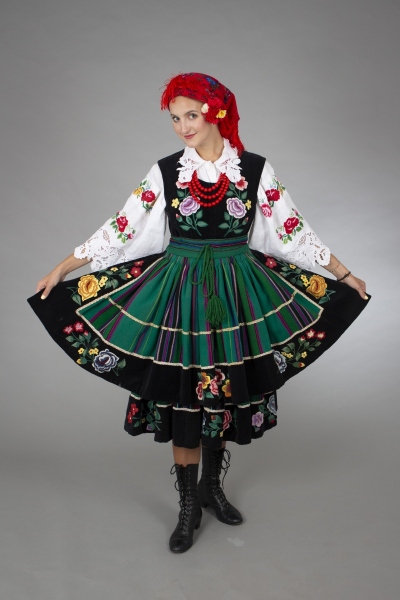


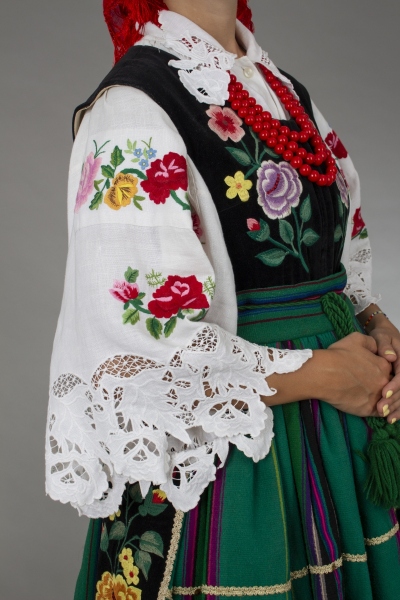


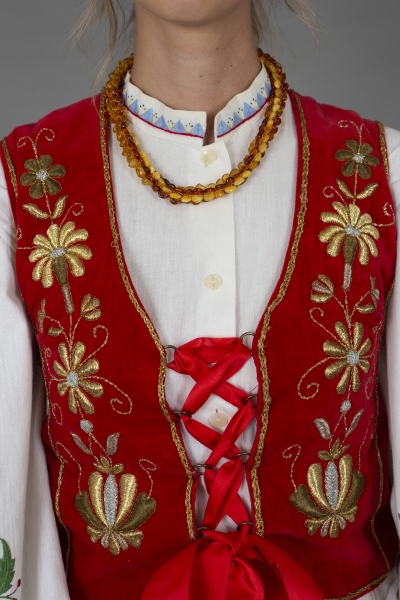




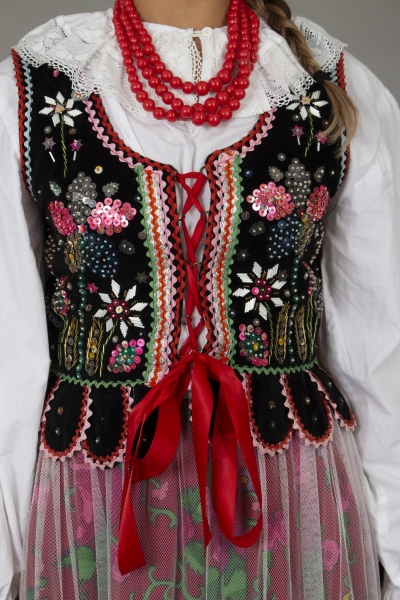

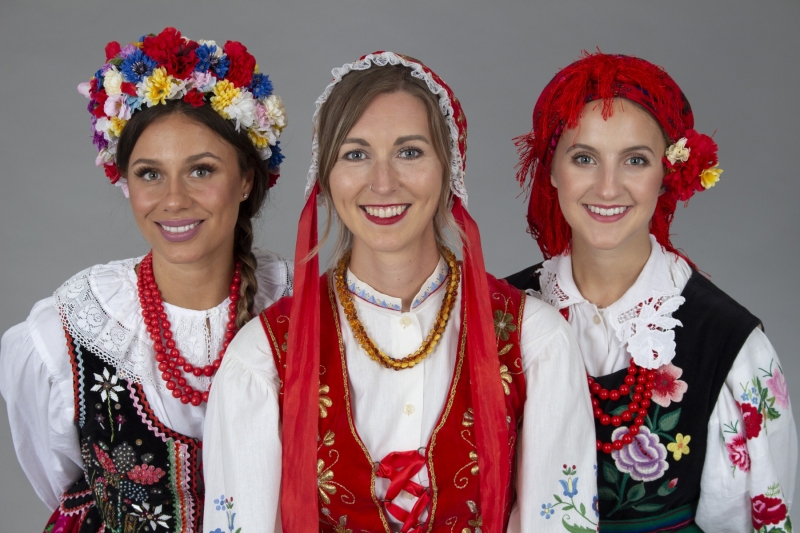
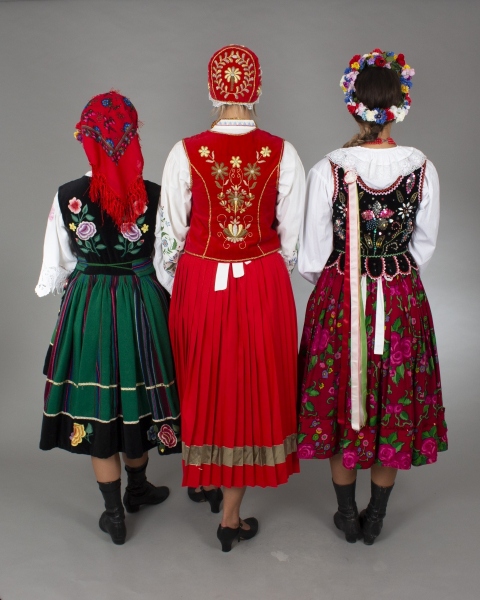








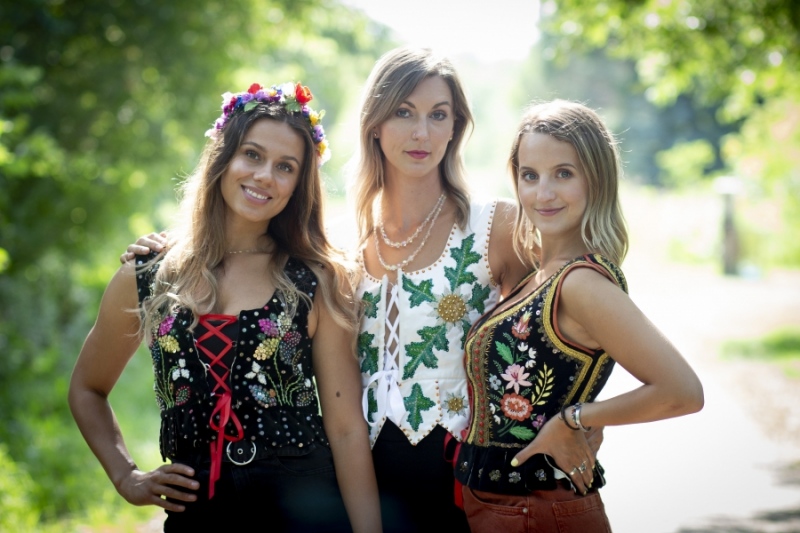




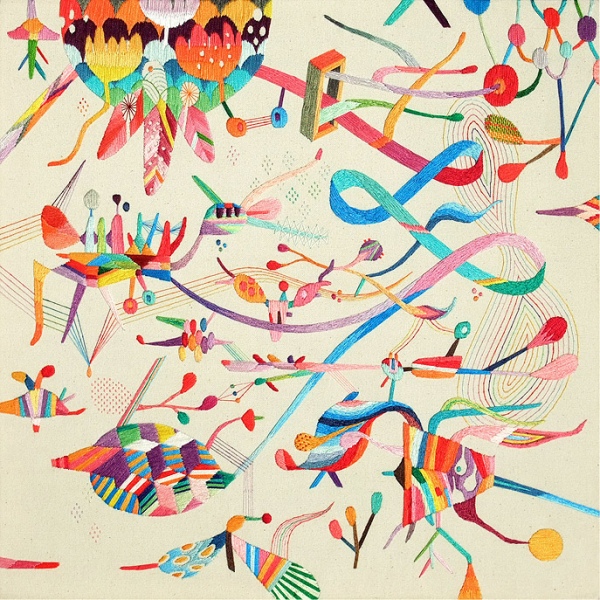

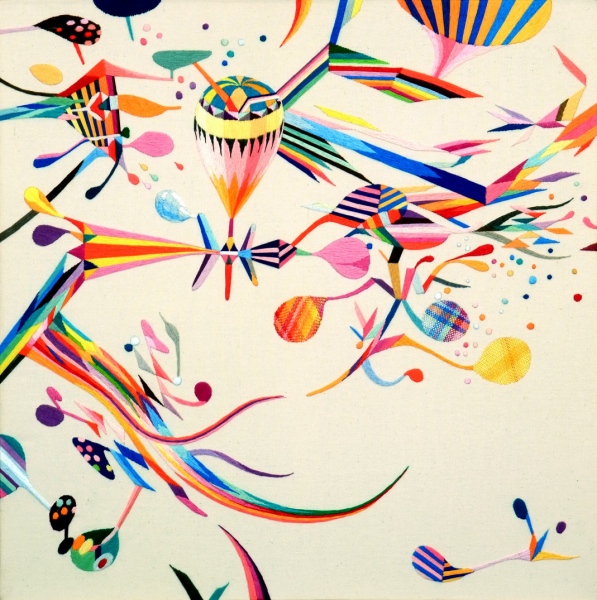

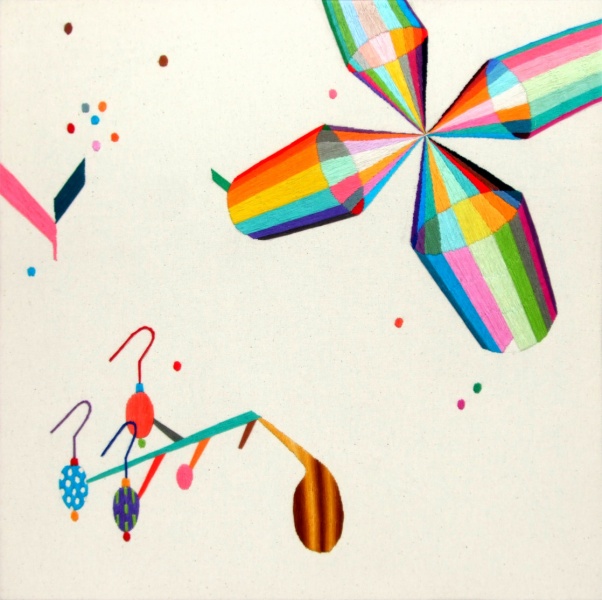

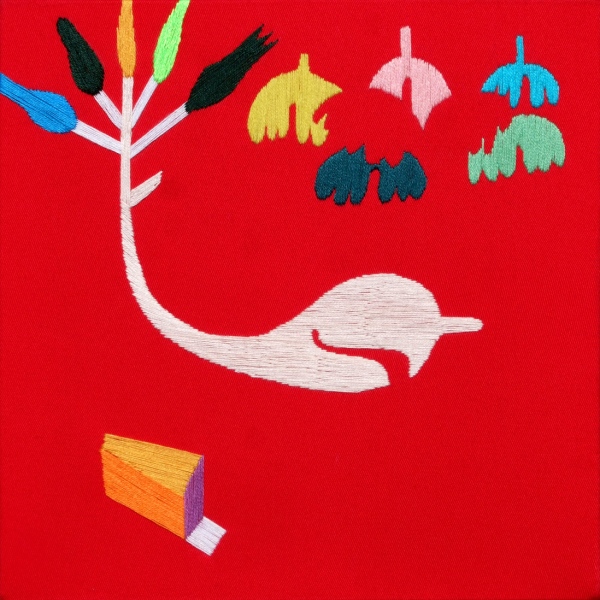

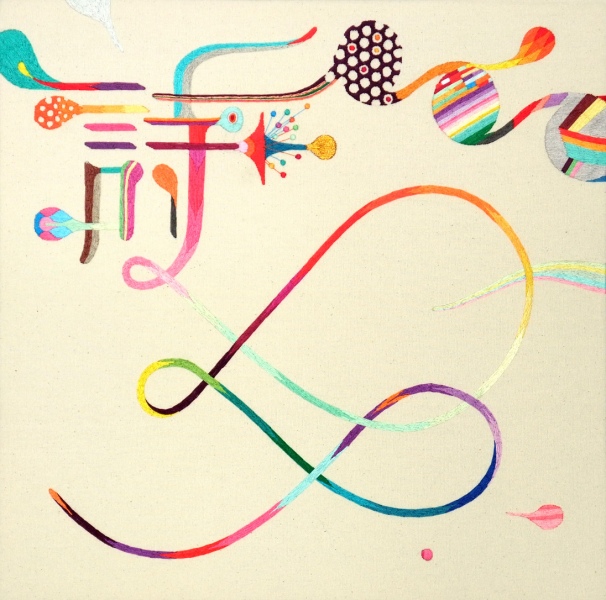








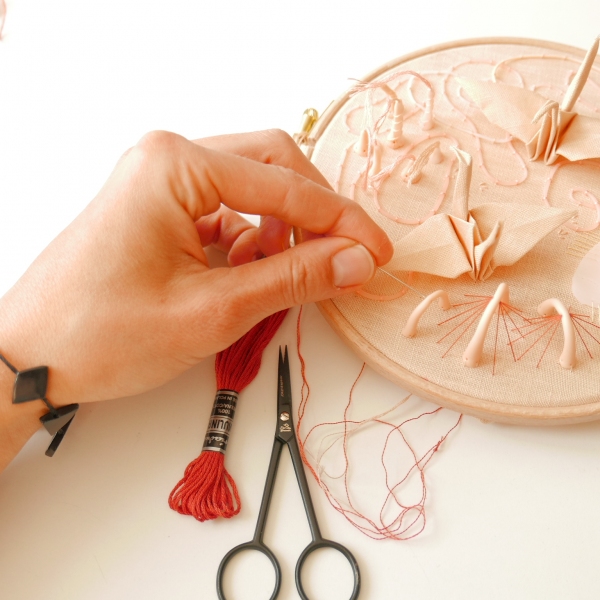
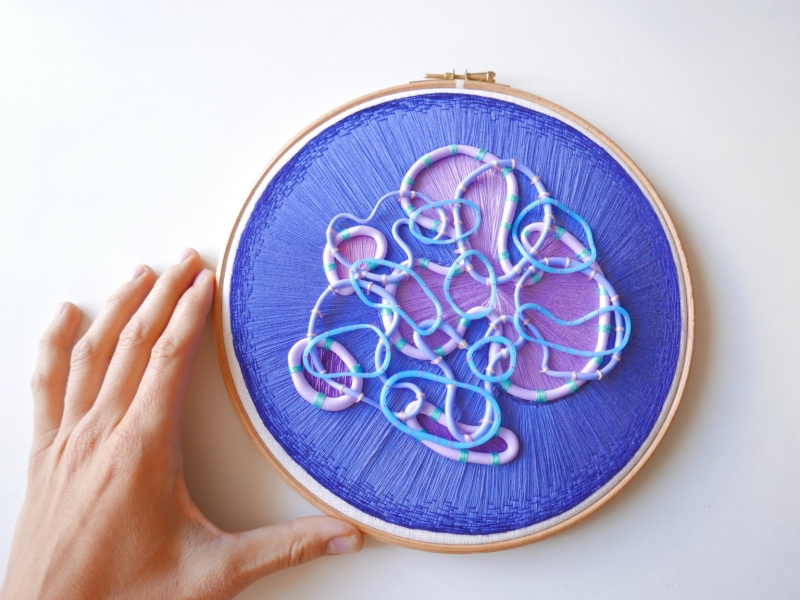










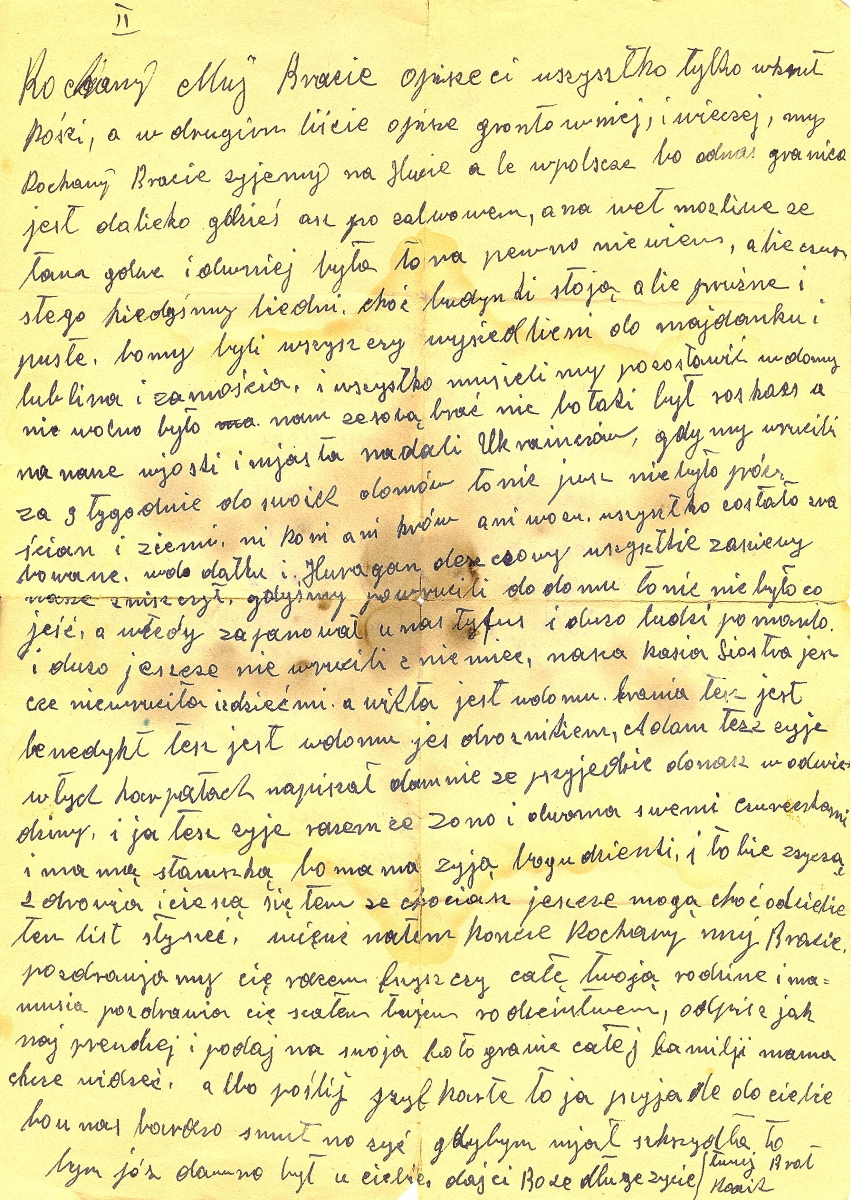














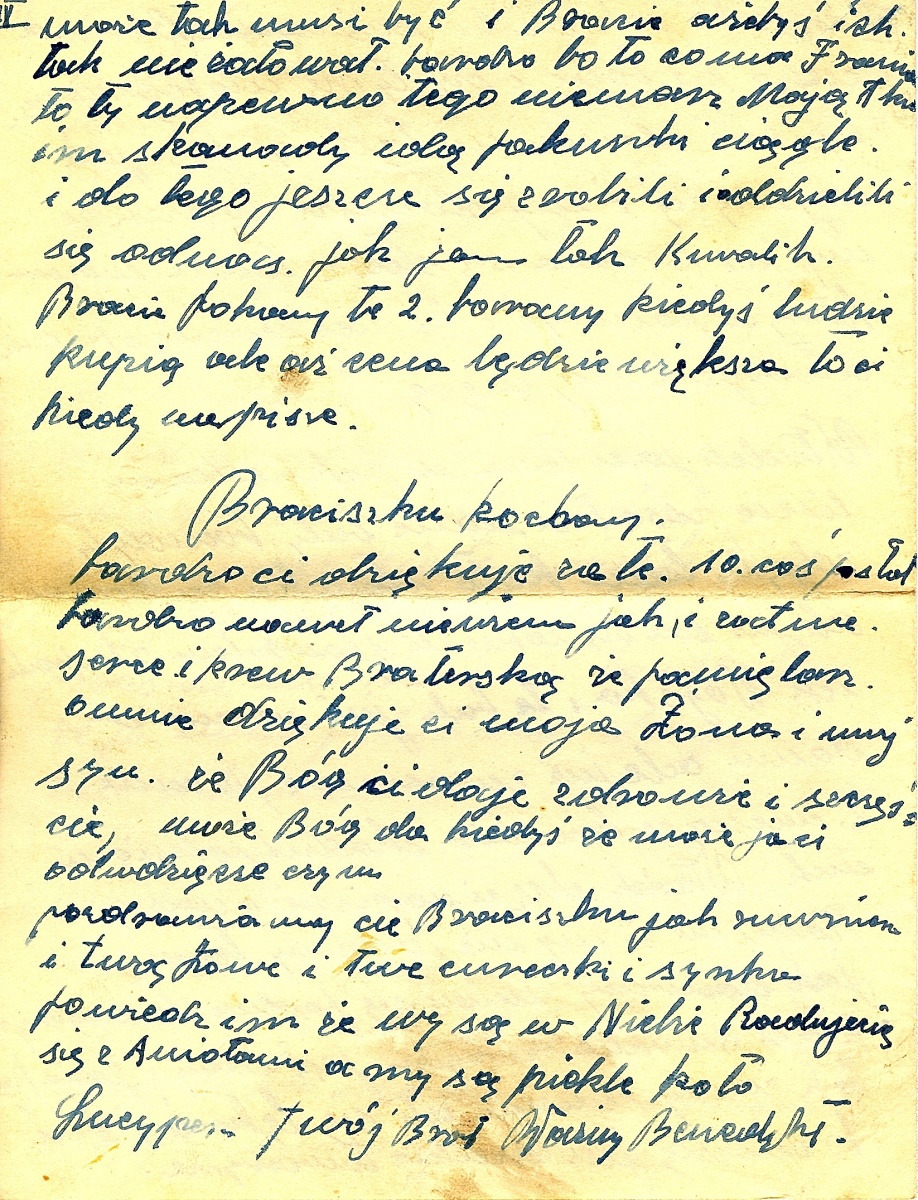





















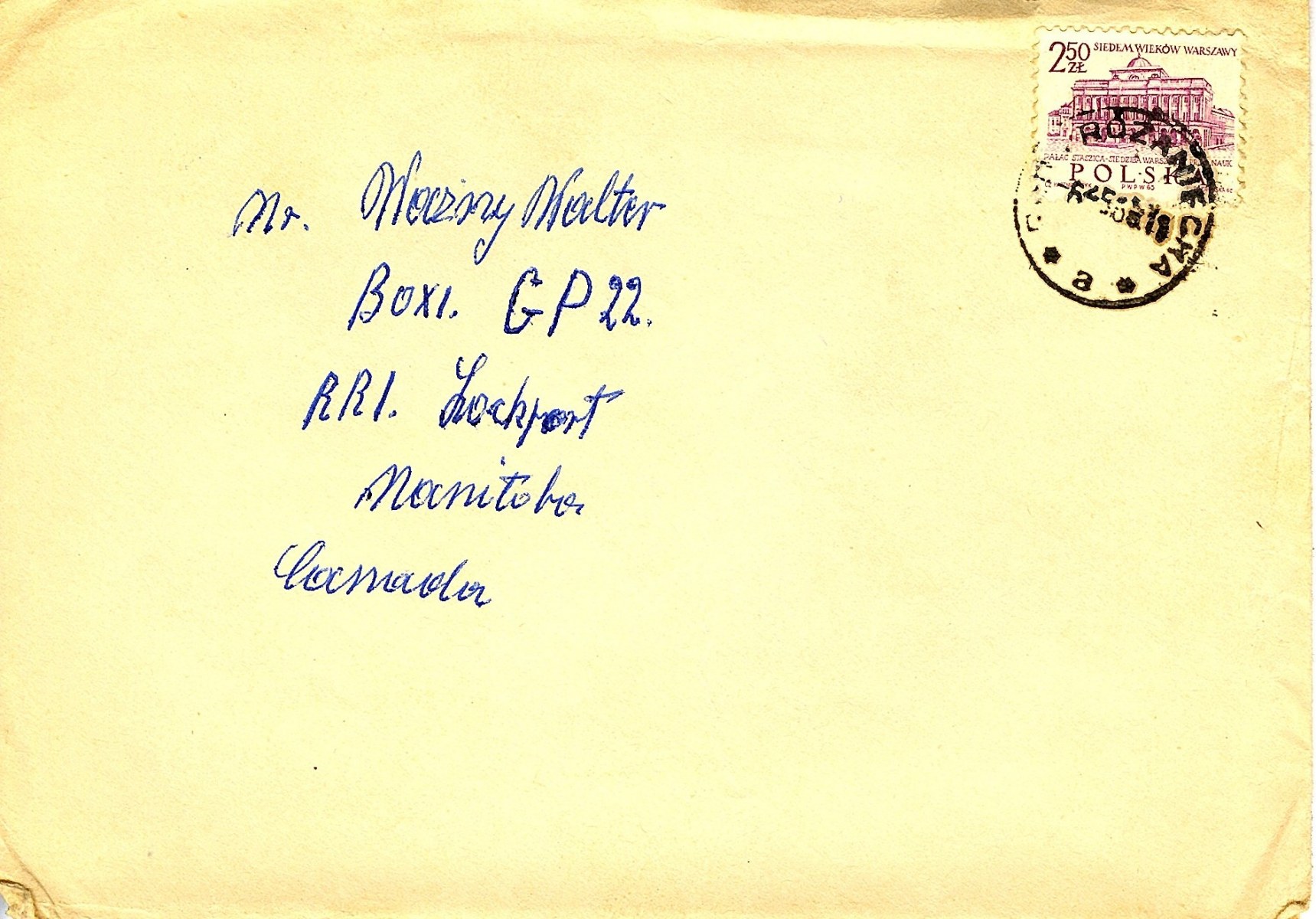




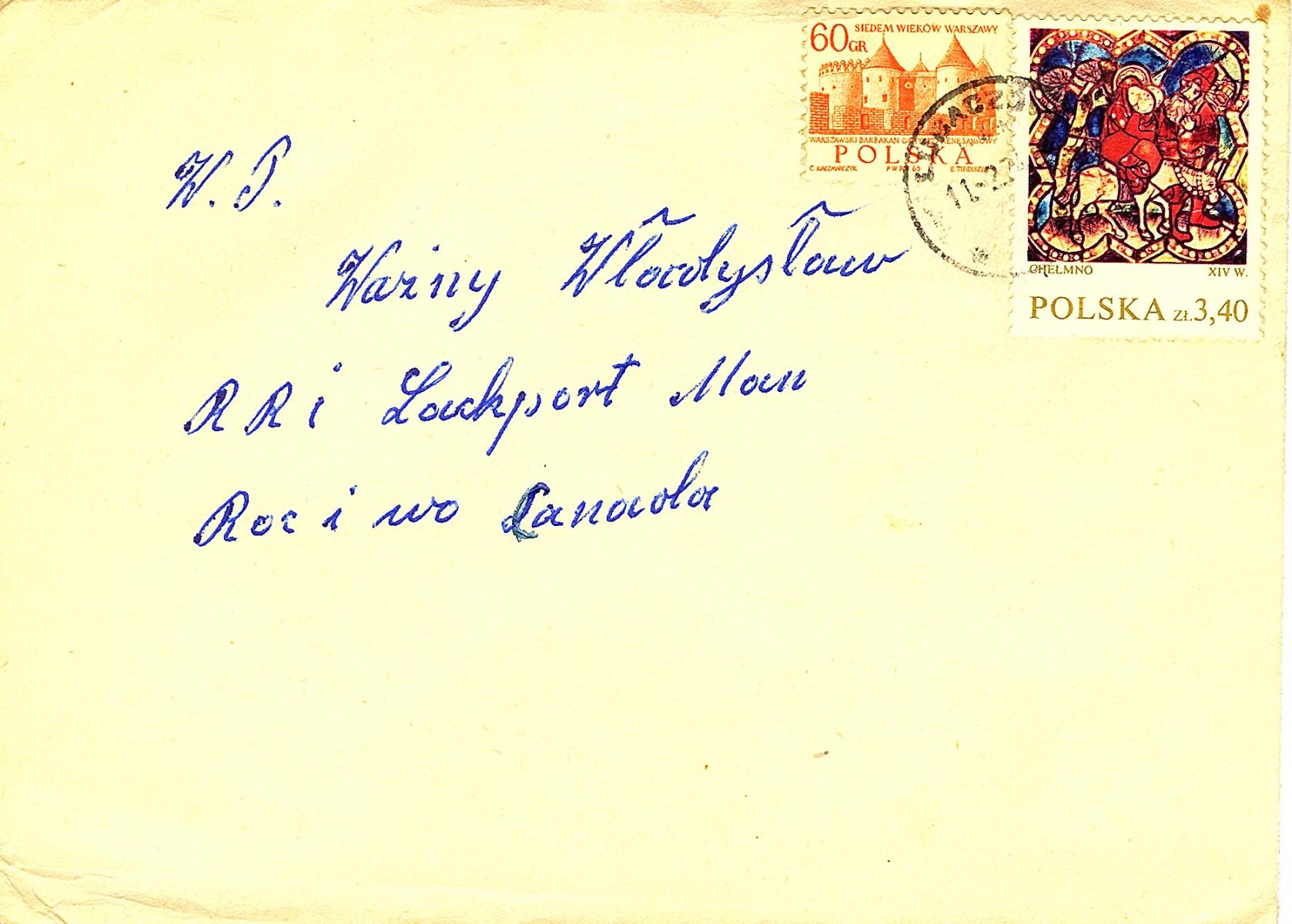


































A very good article, thanks
Helpful content, Thank you.
Thanks! Awesome information.